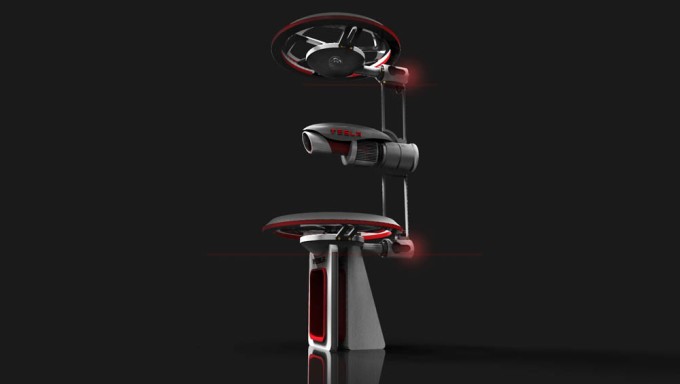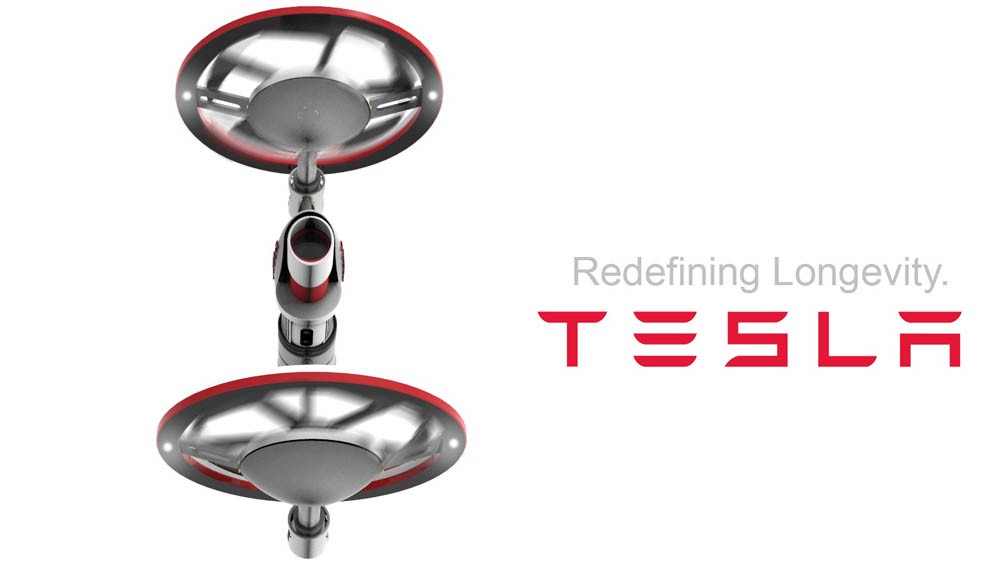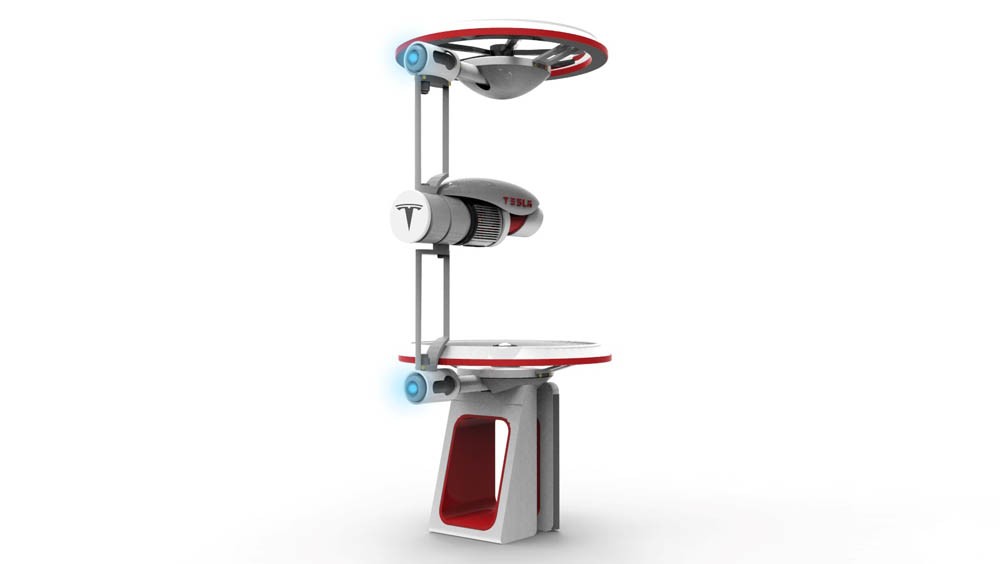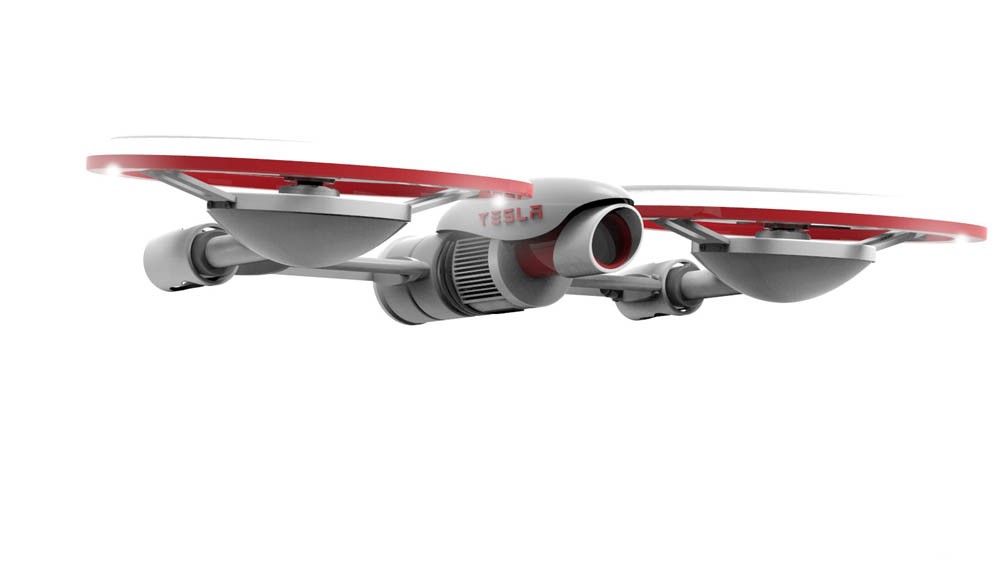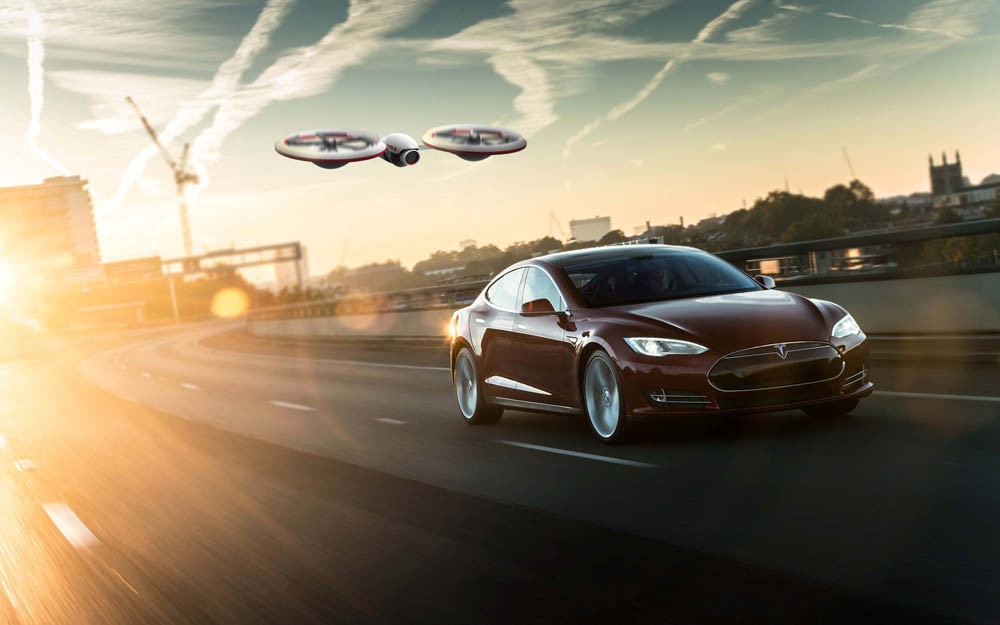As society’s creations move more and more toward a completely wireless world, one of the primary issues people run into with their devices is battery life. It’s not uncommon to hear complaints about how quickly a device’s battery can die, or how long it takes those devices to recharge – particularly in the world of drones.
Though regulations from the Flight and Aviation Administration (FAA) must approve drones for commercial use, dozens of videographers around the country, and even more around the world, have turned to drones to capture footage and perspectives that required a helicopter in the past.
Of course, they only have a short period of time to capture what they need – as Tom’s Guide mentioned in an Aug. 6 list of the year’s best drones, most only have an average battery life of 10 to 20 minutes, and many don’t offer the ability to swap those batteries out.
It was with this problem in mind that 21-year-old Fraser Leid created his own drone concept, with a lot of inspiration taken from California’s master of powerful batteries. Tesla has managed to create a battery powerful enough to propel the Model S P90D from 0-60 mph in just 2.8 seconds – surely, that technology could be used to power a drone’s flight for more than 20 minutes.
Leid has crafted design concepts for a wide range of products, including a yacht for Bugatti and a bicycle for Pirelli and Ferrari, and the Tesla Drone is one of his latest ideas. A current student in the Industrial Design program at the United Kingdom’s University of Hertfordshire, he wanted to create something with a different appearance from the other drones on the market.
“Something that’s always bothering me about personal drones today is that they’re almost stereotypical to a Quadcopter configuration, which I find seriously boring,” he described in an interview. “I set out initially to come up with something fresh on the design front.” In terms of battery life, he believes a 10,000 mAh Tesla Powercell could keep this drone powered for up to 60 minutes, and fully recharge in just 20.
With a dual-propeller design, this design undoubtedly stands out. The propellers can be positioned either vertically or horizontally, depending on the videographer’s need for a slow, steady shot or fast-paced action videos. Ideally, the camera would come from Cannon, and “a Carl Zeiss lens setup is a must,” Leid described.
Originally from Cape Town, South Africa, the same hometown as Elon Musk, Leid hopes to someday end up working in California’s world-renowned industrial hub. He only began studying industrial design at the end of 2012, but with just barely 3 years under his belt, he’s already created some revolutionary concepts.
“The innovation front of Industrial Design has always fascinated me, because it’s not mainstream,” he explained, “and there’s a huge level of opportunity to change what many might think is unchangable in the world of industry.”
(See Also: Hyundai N 2025 Vision Gran Turismo Introduced)
Check out the images of Leid’s concept design in the gallery below, and stay with us for more updates from the automotive world.
[button color=”black” text=”white” url=”https://blog.dupontregistry.com/mercedes-benz/daimler-ag-launches-in-home-battery-pack/” window=”_blank”]Teslas For Sale[/button]
[separator type=”thick”]
Gallery
[separator type=”thin”]
(Source: Fraser Leid, Tom’s Guide)
[separator type=”thick”]


